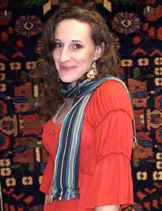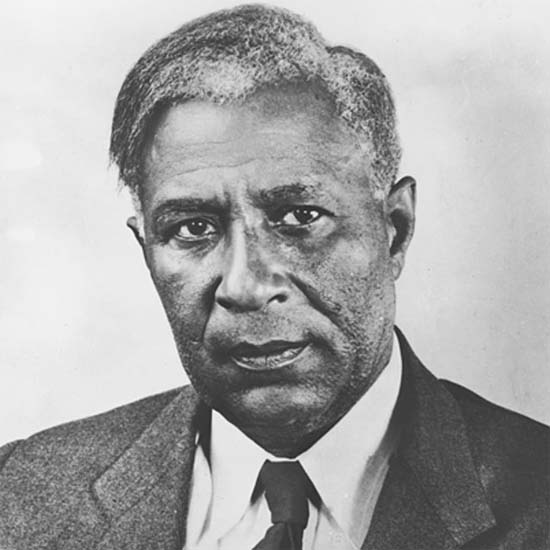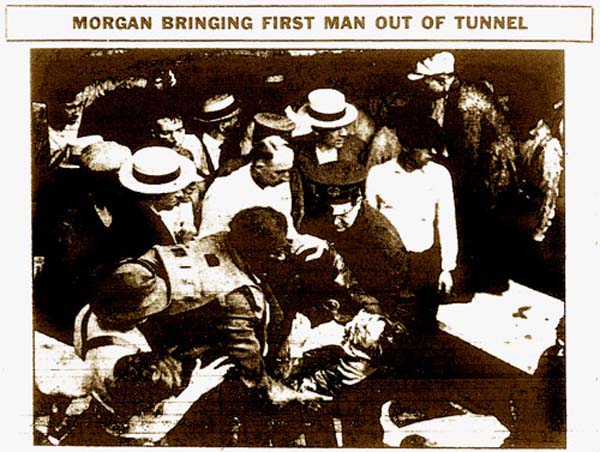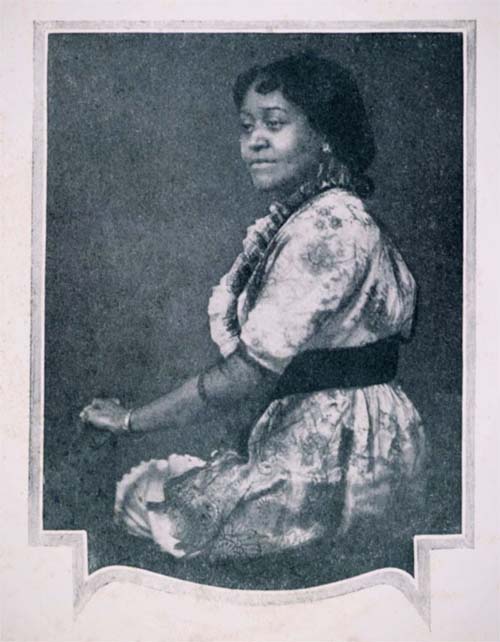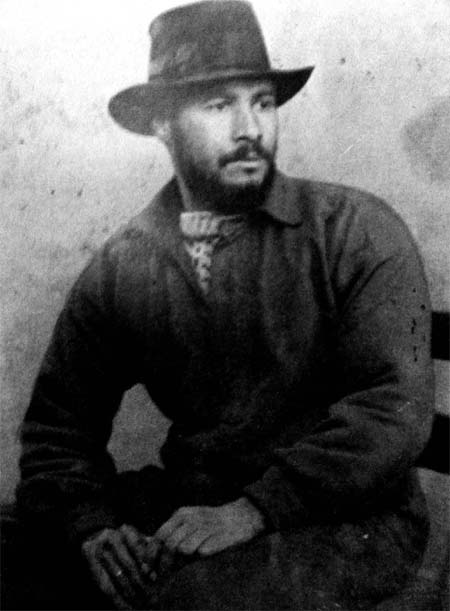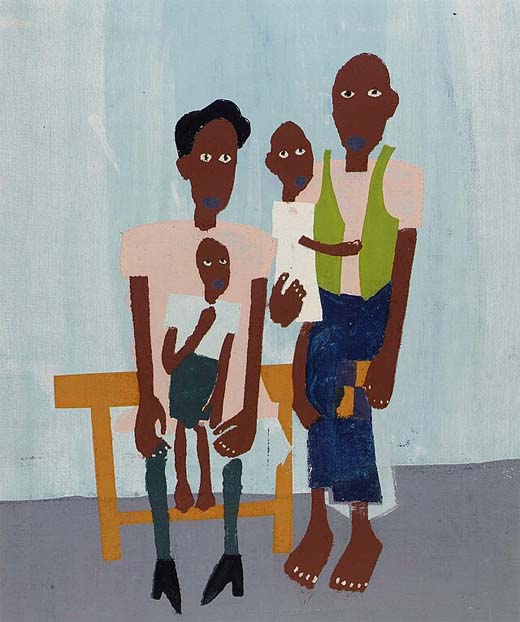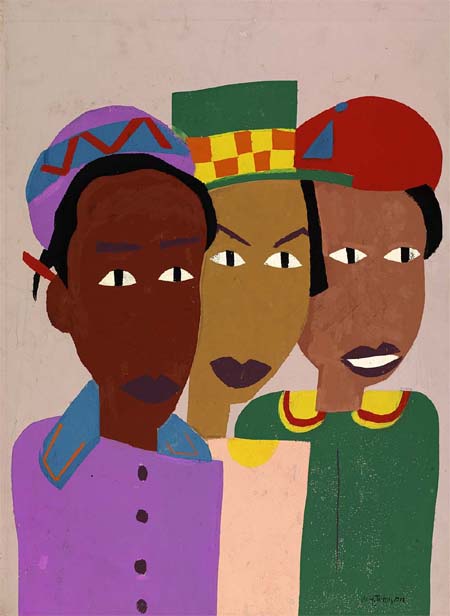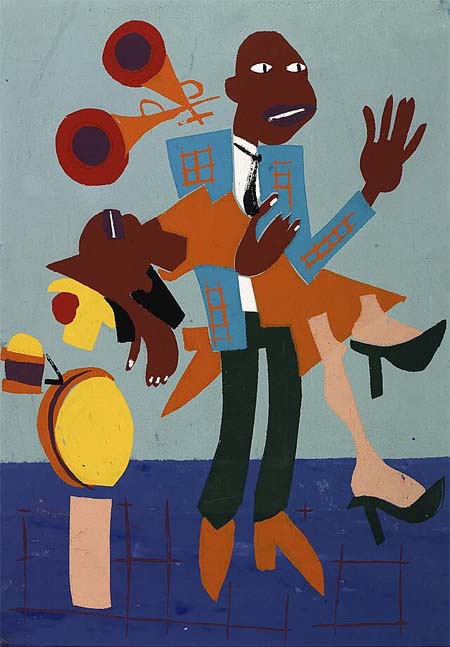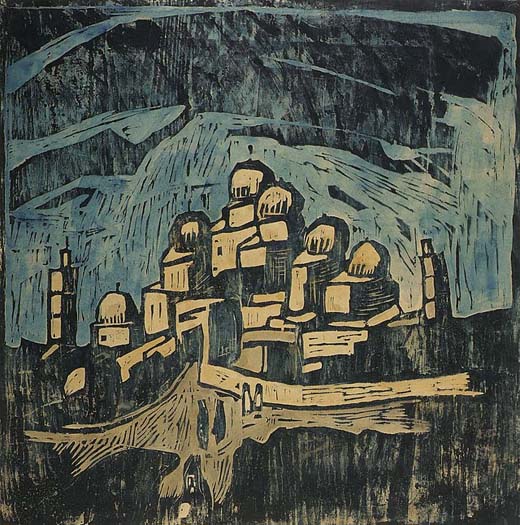BLACK HISTORY MONTH HEROES
In honor of African American History Month, here are the stories of 3 lesser-known Black Americans who each made significant contributions to America and to their communities in their lifetimes and beyond.
GARRET MORGAN'S
LIFESAVING INVENTIONS
In the annals of African American history, Garrett Morgan stands out as an innovator and a hero. Born in 1877 in Paris, Kentucky, Morgan’s inventive mind would go on to save lives and revolutionize the way we navigate our roads.
One of Morgan’s most significant inventions was the smoke safety hood, which developed after seeing firefighters struggling to survive in choking smoke.
Morgan rose to national prominence after a tragedy befell Cleveland, Ohio in 1916. The Waterworks Tunnel explosion had trapped a group of men underground, engulfing them in a thick cloud of toxic smoke and subsequently trapping rescuers as well. Ohio fire officials recalled a demonstration of Morgan’s device and sent for him in the middle of the night.
Morgan arrived at the scene, still in his pajamas with four safety hoods. He went into the tunnel himself with his brother and other volunteers and succeeded in rescuing seven men.
But Morgan’s contributions didn’t stop there. In 1923, he patented another invention that would forever change the way we navigate our streets. That was the three-position traffic signal. This precursor to today’s traffic lights featured a ‘stop,’ ‘go,’ and ‘all-way stop’ system, ensuring safer and more efficient traffic flow. Morgan’s traffic signal was a significant improvement over the existing manual systems, reducing the risk of accidents and providing a standardized method of traffic control.
ANNIE TURNBO MALONE
BEAUTY PIONEER
Annie Turnbo (who later took the married name Malone) was born in 1869 to formerly enslaved parents who died during her early childhood. In high school, the already hair-conscious Malone discovered that she had a knack for chemistry, which stuck with her long after illness forced her to leave school without a diploma.
By the turn of the century, Turnbo was experimenting with hair care products specifically for Black women, who had few commercially available options. Without off-the-shelf products to straighten and style their hair, these women often resorted to heavy oils or corrosive mixtures of lye and potatoes, and struggled with hair loss, breakage, and scalp irritation. Turnbo saw an opportunity and created her signature ‘Wonderful Hair Grower’ as a gentler alternative to harsh homemade concoctions.
Turnbo’s products and her signature Poro hair-growing system, which emphasized a clean scalp and regular massage, were a hit, and she headed to St. Louis in 1902, where money was flowing like water ahead of the 1904 World’s fair.
Malone soon hired a team of assistants to go door-to-door with Poro products. Among them was a shrewd former laundress named Sarah Breedlove, later to be known as Madam C.J. Walker, probably the best-known African American woman entrepreneur of her era, born in 1867 to former slaves and orphaned at age seven. She later built a hair care company that made her a millionaire and an icon. Madam Walker’s big break came when she was hired by Annie Turnbo Malone!
Annie Turnbo’s business grew and Annie and the Poro system became household names. She quickly built a vast fortune with Poro products, even with the competition from Madam C.J. Walker. Though she lived well, she gave most of her money to charity during her lifetime, and her multi-million-dollar estate was considerably smaller by the time she died in 1957.
Today, Annie Turnbo Malone’s name often disappears in the shadow of Madam C. J. Walker, but her good works continue. In 1946, the St. Louis Colored Orphans Home adopted a new name—The Annie Malone Children’s Home, in honor of Malone, who served as president from 1919 through 1943. Now called the Annie Malone Children and Family Services Center, it still operates today at 2612 Annie Malone Drive in St. Louis.
WILLIAM H. JOHNSON'S
LIFE and WORK
In 2024, the Smithsonian American Art Museum displayed 34 paintings by the legendary African American artist, William H. Johnson. Part of his iconic Freedom Fighters series, the paintings document the Black experience in America and beyond through Johnson’s point of view and his own innovative style that departed radically from his traditional training and Expressionist influences.
Almost every part of Johnson’s story is unlikely. According to the Smithsonian American Art Museum, Johnson was born in the Jim Crow South in 1901 and showed an early aptitude for art that impressed his teachers, despite the lack of any art education at his segregated public school.
After leaving the south for New York City as a teenager he enrolled at the National Academy of Design and quickly distinguished himself as a brilliant and dedicated student who won nearly every award while balancing odd jobs to pay his tuition.
Johnson quickly achieved some commercial success after finishing his studies and spent much of his early career abroad before returning to New York City in 1938 with his Danish wife.
In the 1940’s, he began work on Freedom Fighters (visual narratives about notable people who fought violence and oppression) painted in Johnson’s distinctive abstract and simplified style. He felt it was his life’s work and his destiny.
Today, we are lucky the paintings are still around because most were nearly discarded in the 1950s as Johnson’s health deteriorated and his money ran out, but friends and benefactors intervened to preserve them. Perhaps luck had nothing to do with it and it was his destiny all along!
Top of Black History Month Heroes
"The Cleanest Clean You've Ever Seen."
by
ABC Oriental Rug & Carpet Cleaning Co.
130 Cecil Malone Drive Ithaca, NY 14850
607-272-1566
